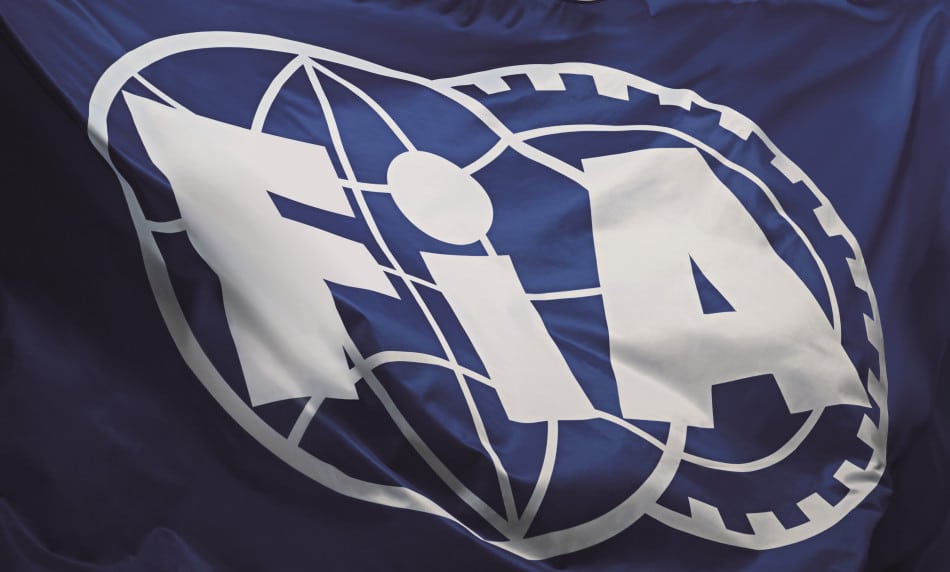For the first time in history, the FIA is making public the documents that guide stewards’ decisions on track. It’s a significant step toward greater transparency and understanding for both fans and the media.
A small step for race control, a big step for transparency in Formula 1. The FIA has just made public the guidelines used by stewards to calculate penalty points, as well as those related to driving standards. The aim is to increase transparency and shed light on the decision-making processes that unfold every race weekend—decisions that can ultimately determine the outcome of a Grand Prix.
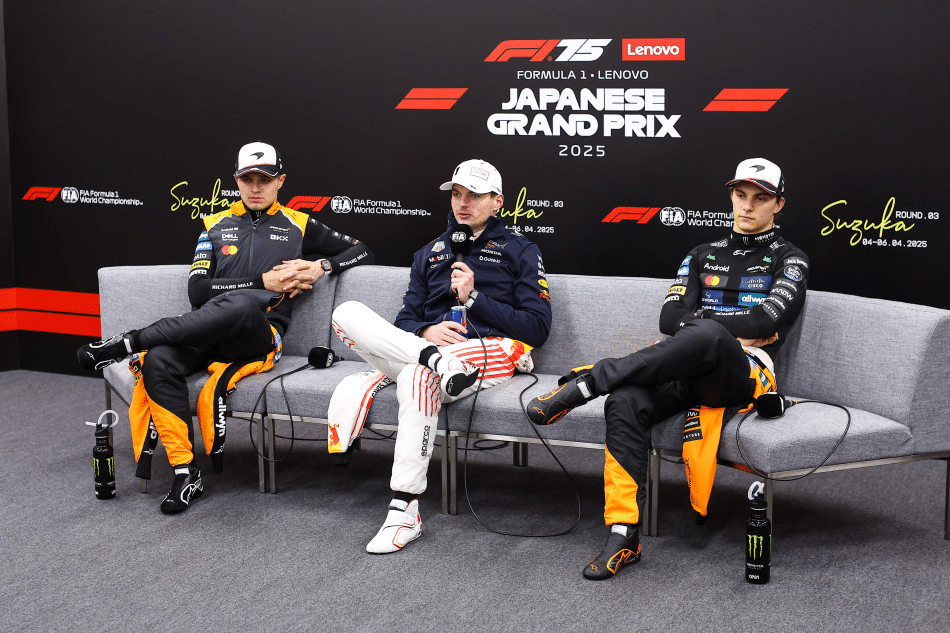
The guidelines in question do not hold regulatory value and have been available to the FIA for over 10 years, but this is the first time they’ve been openly shared with fans. The governing body explained that these directives are “a key document to help stewards make fair and consistent decisions.”
As stated on the official FIA website, President Mohammed Ben Sulayem explained that the stewards’ work is complex and delicate. The decision to increase transparency around how decisions are made during a race weekend was also taken to address criticism they receive, demonstrating that choices are based on clear and shared criteria.
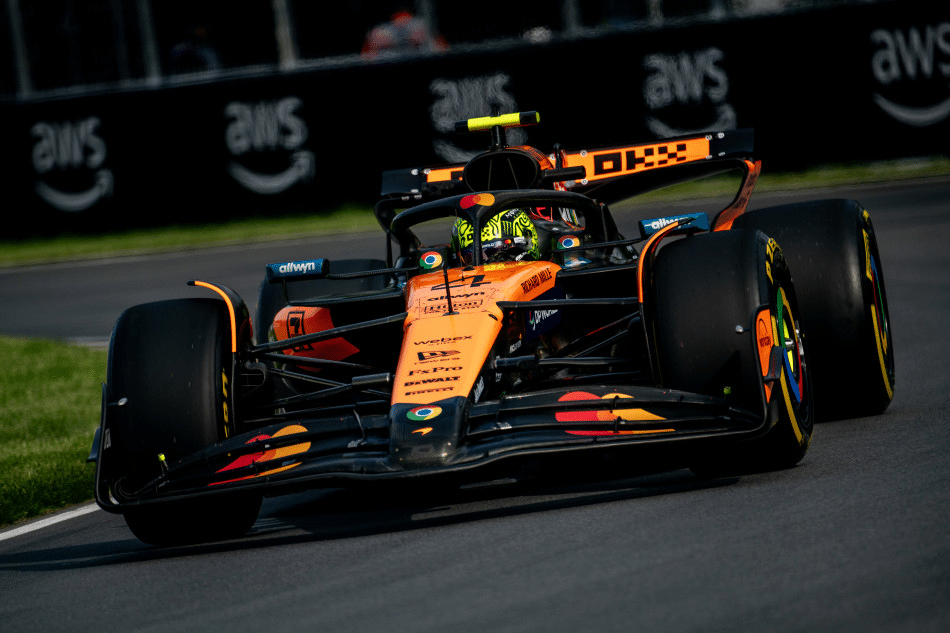
“The FIA stewards,” explains Ben Sulayem, — “carry out an extremely complex task, not only in Formula 1 but across all our championships, and they do so voluntarily, with great passion and commitment. Too often, this dedication is met with extreme and entirely unjustified criticism. To demonstrate the rigor with which they perform their role, today we are publishing the Penalty and Driving Standards Guidelines that assist them in their decisions.” .
“This will give fans and media members a much deeper and more accurate understanding of how decisions are made in Formula 1. The penalty guidelines have been a fundamental tool for nearly a decade, while the driving standards guidelines—introduced in 2022 and continuously updated—have brought the most important voices to the forefront: those of the drivers, creating a true reference for specific race situations.” .
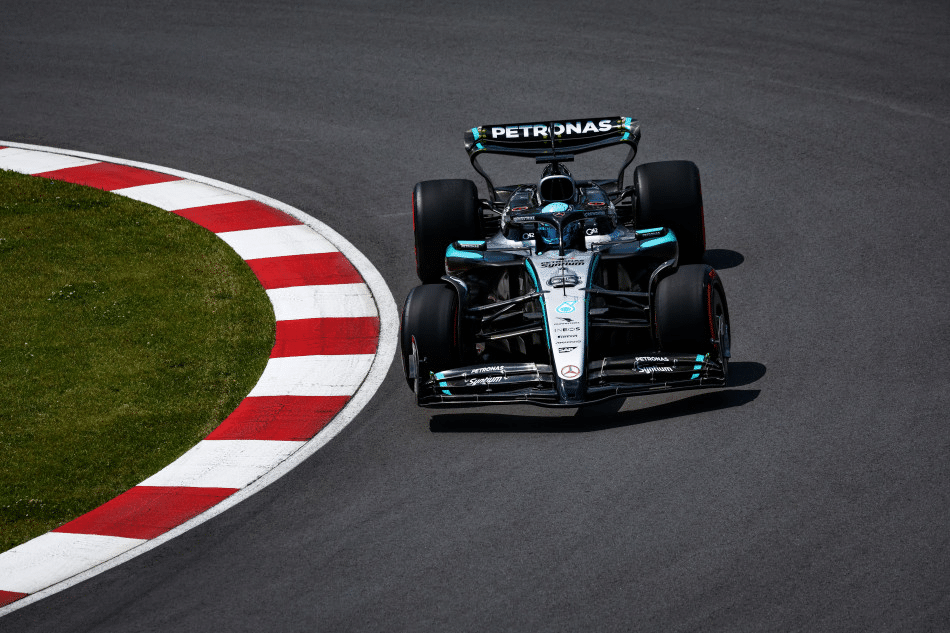
George Russell, Mercedes driver and one of the directors of the GPDA—the drivers’ association focused on track safety—added: “Greater transparency in the governance of our sport is an important issue, and this is a helpful step in that direction. Hopefully, it will be positive for the sport to give the media and fans a clearer understanding of the rules of engagement when we’re on track, and help them understand how the stewards arrive at their decisions.”
Some examples of penalty guidelines include:
- Up to 3 points for causing a collision or for overtaking more than two cars under the safety car;
- 2 points for overtaking up to 2 cars under the safety car, or for leaving the track and rejoining in a dangerous manner;
- 0 points for exceeding the speed limit in the pit lane.
The same reasoning applies to penalties given to drivers, clarifying what is allowed and what is prohibited. Despite Ben Sulayem defending the stewards’ work, 2025 has already been marked by controversies surrounding their decisions.
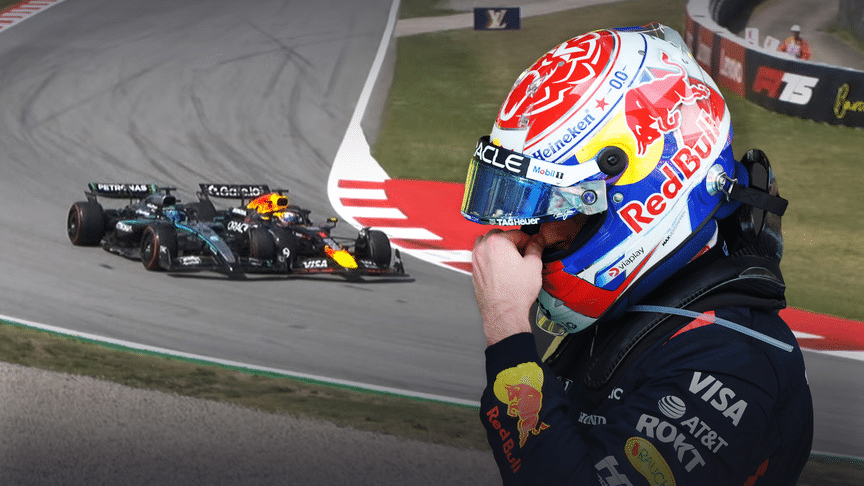
One example is the incident between Pierre Gasly and Yuki Tsunoda in Monaco, where the Frenchman rear-ended his former teammate’s Red Bull before the harbor chicane, causing the Alpine driver to retire. Gasly received only a reprimand since the collision didn’t have further consequences for him; however, many voices called for a harsher penalty.
Another case was the most controversial moment of the season so far: the incident between Max Verstappen and George Russell at the Spanish GP. After being instructed by his team to give the position back to the Mercedes, the Red Bull driver suddenly accelerated and braked later than usual, causing a collision—though fortunately without damage to either car.
The stewards’ verdict? A 10-second penalty for Verstappen and 3 points on his super license. However, many felt this was too lenient for an intentional and dangerous move: former drivers Johnny Herbert and Nico Rosberg even called for a disqualification of the reigning champion.
Photos: FIA.com, Formula 1.com
